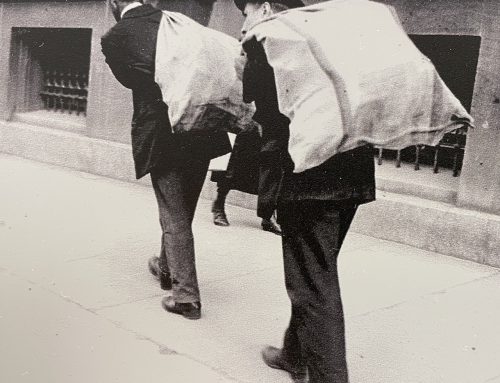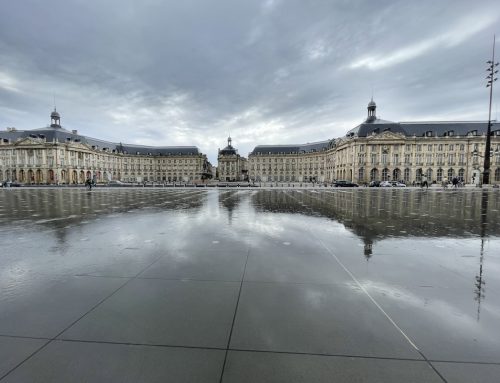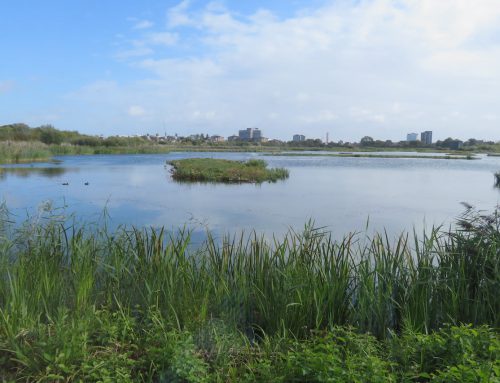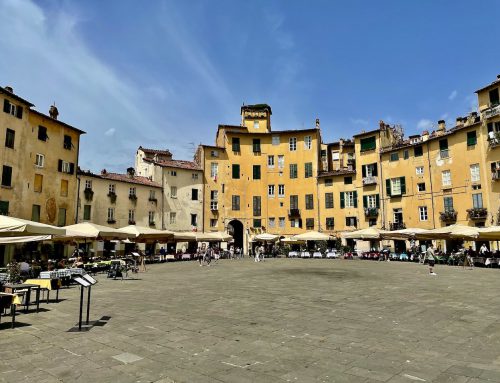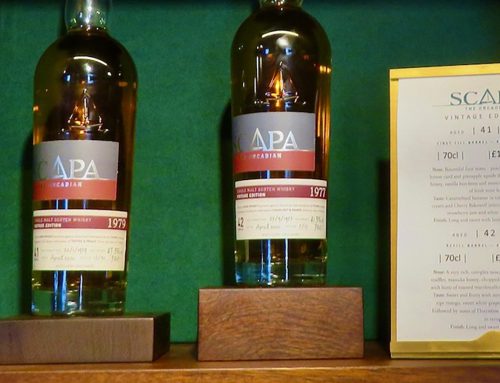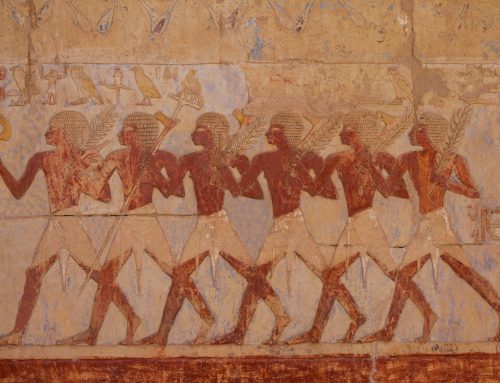Hortillonages – tranquillity when you need it
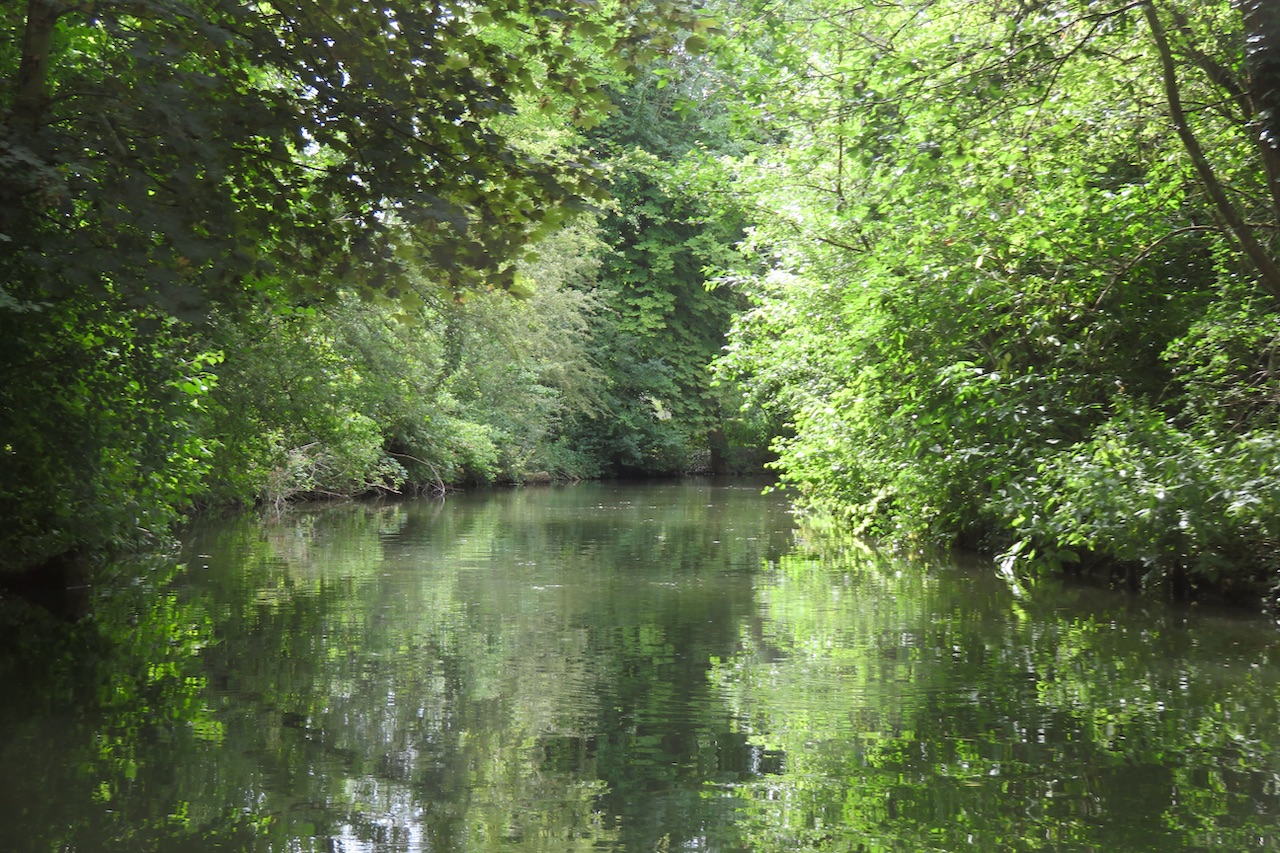
Les Hortillonages - wondrous tranquillity

Les Hortillonages - wondrous tranquillity
Hortillonages, Amiens
Tranquillity in Amiens
It is difficult to define tranquillity, something I have been searching for a while, until you arrive at Les Hortillonages. At that moment, barely metres from the busy roads around the French city of Amiens, tranquillity is simple to find. Les Hortillonages are quiet and friendly, green and cool, even on a hot summer’s day. The other visitors who joined me, each of them French, were clearly similarly affected. Les Hortillonages have an influence that only firsthand experience can provide.
Today, more than 1000 owners share the area of Les Hortillonages for diverse professional and leisure activities such as gardening, nature observation, fishing, and even rest. Together, they ensure the upkeep of the area. The name, hortillonages, is said to originate from the Latin “hortus”, which means garden.
Origins of Hortillonages
The Amiens hortillonages have existed for many centuries and are in the original bed of the River Somme. The Somme was once known as the Samara, from its Celtic root “samo-“, meaning “summery”. At that pre-Roman time, the city of Amiens was called Samarobriva, the Bridge over the Samara River. Now it is the River Somme, the modern department of Somme being named after this river. Meanwhile, Amiens was called Ambianum by the Romans in the 5th Century, after the Ambiani people who inhabited the area. From there, it was not a giant leap to the name Amiens.
River Somme's History
The Somme department and its river have featured prominently in several military campaigns. In 1066, the invasion fleet of William the Conqueror assembled in the Bay of the Somme, at Saint-Valery-sur-Somme. The river also featured in the 1346 withdrawal of the army of England’s Edward III, which forded the river at the Battle of Blanchetaque. This culminated in the Battle of Crécy. Crossing the river also featured in the campaign that led to the Battle of Agincourt in 1415. In 1636, a Spanish army led by Thomas Francis, Prince of Carignano, crossed the Somme, defeating a French army during the Thirty Years War and threatening Paris.
Most famously, there was the Battle of the Somme from July to November 1916, a significant conflict in World War 1. More than three million men fought in the battle, of whom over one million were either wounded or killed when both sides are considered. This made the Battle of the Somme one of the deadliest battles in human history. The Allied victory there, despite its horrific cost, inflicted serious damage on German positions in France, and spurred them to strategically retreat to the Hindenburg Line in March 1917 rather than continue to fight over the same land that spring. Amiens was close to the frontline and was seen as a place where soldiers might come to rest, recuperate, and if possible, recover. The massive Gothic cathedral in the city, the Cathedral Basilica of Our Lady of Amiens, is the largest in the land, and was surrounded by sandbags for its protection. The vast edifice was built in 1220 on an artichoke field ceded by the market gardeners of Les Hortillonages.
Changing Hortillonages
Somehow, the knowledge that the area has been associated with so much destruction makes Les Hortillonages even more peaceful. Yet, it also shows how mankind continues to exert a selfish presence. What is regarded as tranquil today would be seen as chaotic and noisy if our forefathers were present to witness what modernity has done, as it struggles to improve what it calls a healthy bottom line.
When Amiens was still called Samarobriva, what would later become Les Hortillonages was a simple collection of marshes and islets of the River Somme, upstream of the city. Even then, what was fertile land was already being cultivated to produce vegetables. The site was initially a natural area, which over centuries was shaped by humans. Dating the area is difficult but archive documents explicitly mention Les Hortillonages as early as 1492, although the market garden originated even earlier.
In the past, Les Hortillonages extended far beyond their current boundaries. For example, in the 15th century, the site covered an area of over 1500 hectares. By 1900, it had already been reduced to 500 hectares. By 1973, as the Amiens metropolitan area continued to expand, suburbs grew, and the railways extended, the Les Hortillonages site became enclosed by Amiens city itself. Today, Les Hortillonages have further reduced and now cover an area of approximately 300 hectares. This is approximately six kilometres by three kilometres.
Life of Les Hortillons
Manpower has reduced as well. In 1762, there were about 47 hortillons, forming a well-identified community with its own rules, and supplying the city of Amiens with vegetables. Being a hortillon was often passed down from father to son, and true dynasties of hortillons were formed. The head of the hortillon community was elected and relied on a well-organised hierarchy around them. There was a captain of the hortillons, lieutenants, and plenty more.
Living from cultivating the plots was never easy. The work was hard, and the hortillons had to face difficult conditions, so equipped themselves in specific ways. They developed various specialised tools early on. Tools were needed for cultivating and maintaining the channels and banks, such as the louchet, faucarde, and fourchet. There was also a special boat, the barque à cornets, whose shape was intended to dock on the plots without damaging the banks, thanks to the boat’s raised and elongated end. The craft was approximately 10 metres long, and was able to carry up to a ton of products.
Modern Threats
By the 20th century, the arrival of refrigerated transport and imports dealt a significant blow to Les Hortillonages. Many hortillons gave up the activity, and many plots were transformed into pleasure gardens for city dwellers or simply left abandoned. Individual structures and other garden shelters multiplied, and without regulation.
The decline in market gardening was followed, in the 1970s, by another threat to the site. A proposal was made to extend the Amiens ring road and build a major road through the heart of Les Hortillonages. This led to the creation of the Association for the Protection and Preservation of the Site and Environment of Les Hortillonages. This organisation has continuously worked to protect, promote, and defend the site against many different threats. The road proposal was eventually abandoned but the association still exists today. It now focusses on welcoming visitors to the site and offering electric boat rides along the narrow waterways.
Organic Revival
For over twenty years, the hortillons have understood the importance of healthy and ecological production and have witnessed the negative effects of chemical fertilisers and pesticides for themselves. Long before the recent enthusiasm for organic food, Les Hortillonages resumed producing fruits and vegetables in a simple and natural way. The Amiens consumer has responded to this so that each Saturday, the hortillons can be found selling their produce at the city’s Quai Bélu. The number of visitors to this event continues to grow.
For the moment, but only for the moment, the future of Les Hortillonages is secure.
It seems that by drawing inspiration from our ancestors, it is possible to imagine a better future for all.
Les Hortillonages are one example. May there be plenty more.
***
Hashtags
#LesHortillonages #Amiens #RiverSomme #SustainableLiving #OrganicGardening #EcoTravel #HistoricGardens #NatureEscape #FrenchCulture #PeacefulPlaces
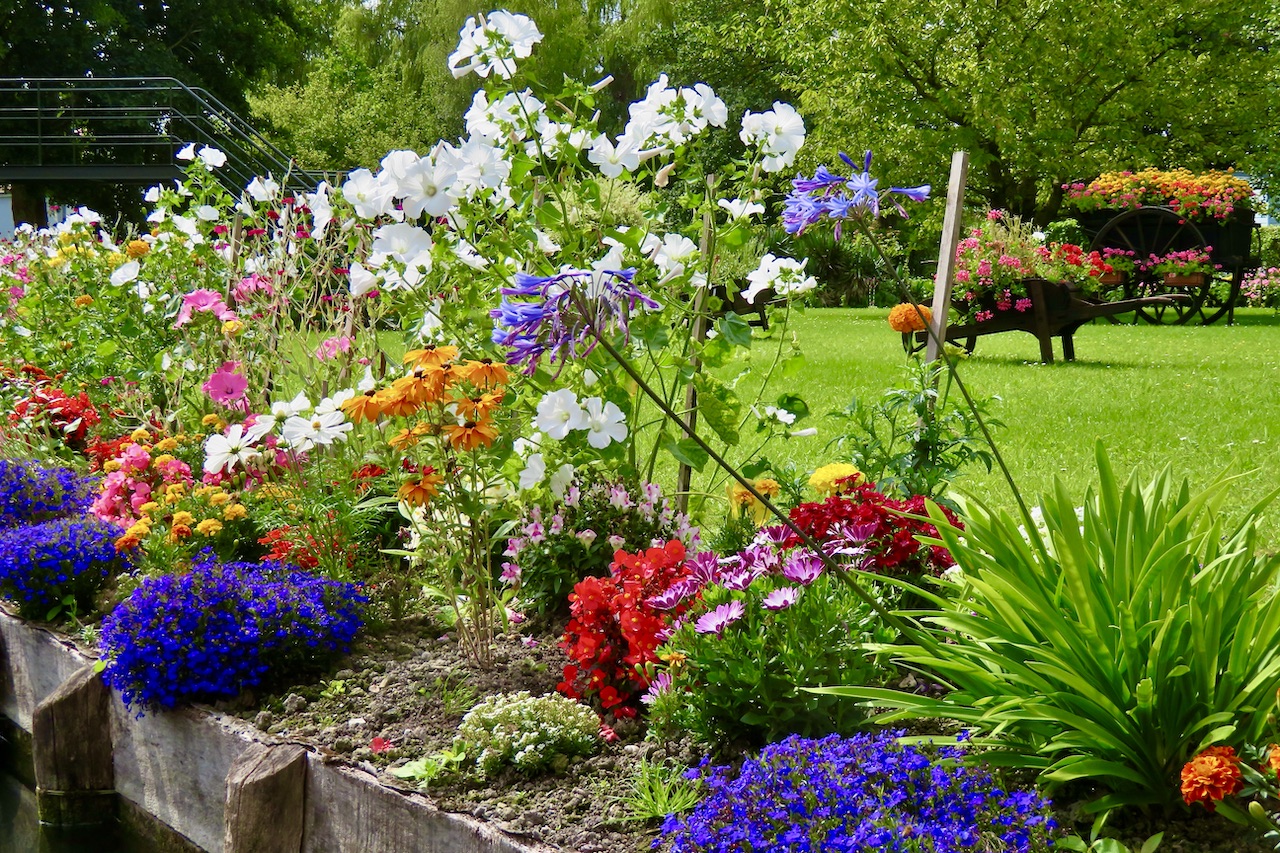
Modern horticulture at Les Hortillonages
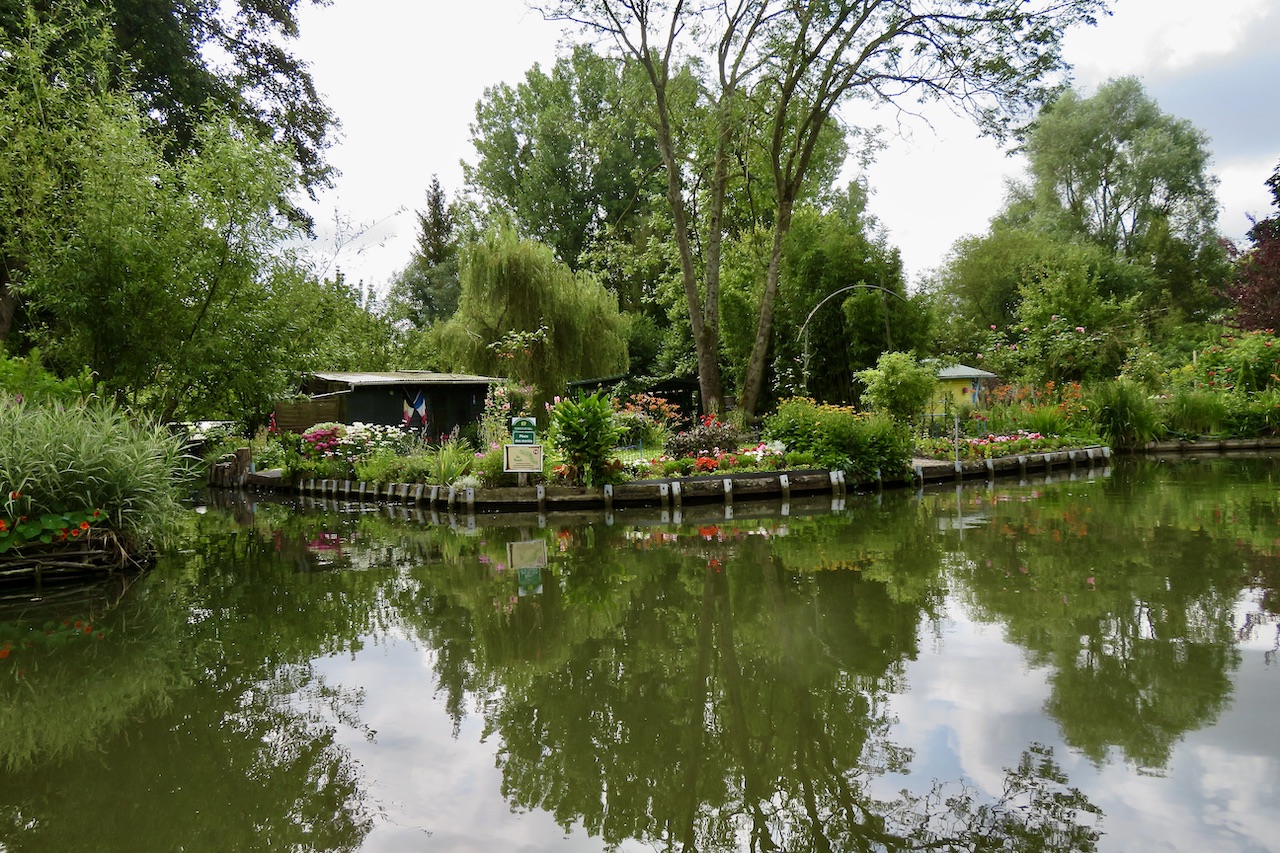
Some folk have made their home at Les Hortillonages
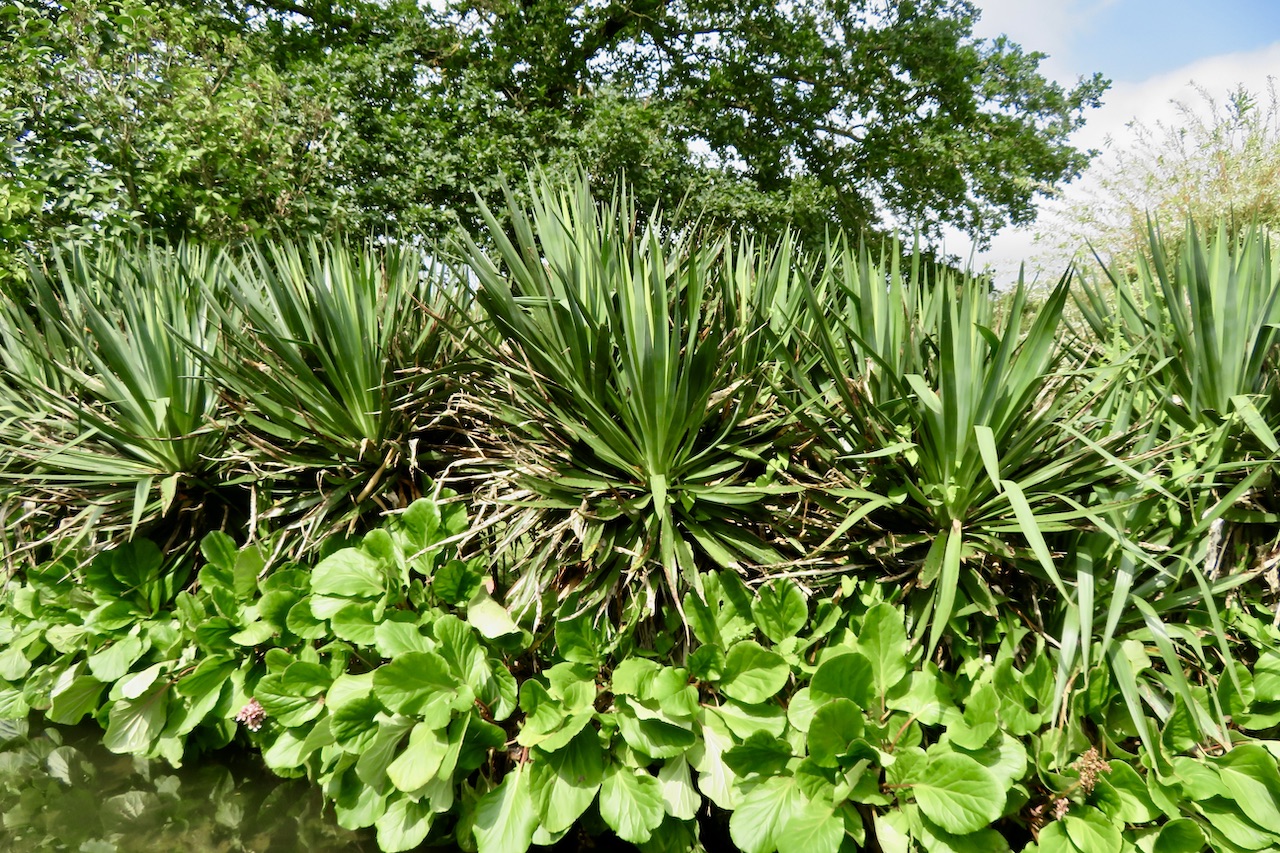
Siberian tea and struggling yucca
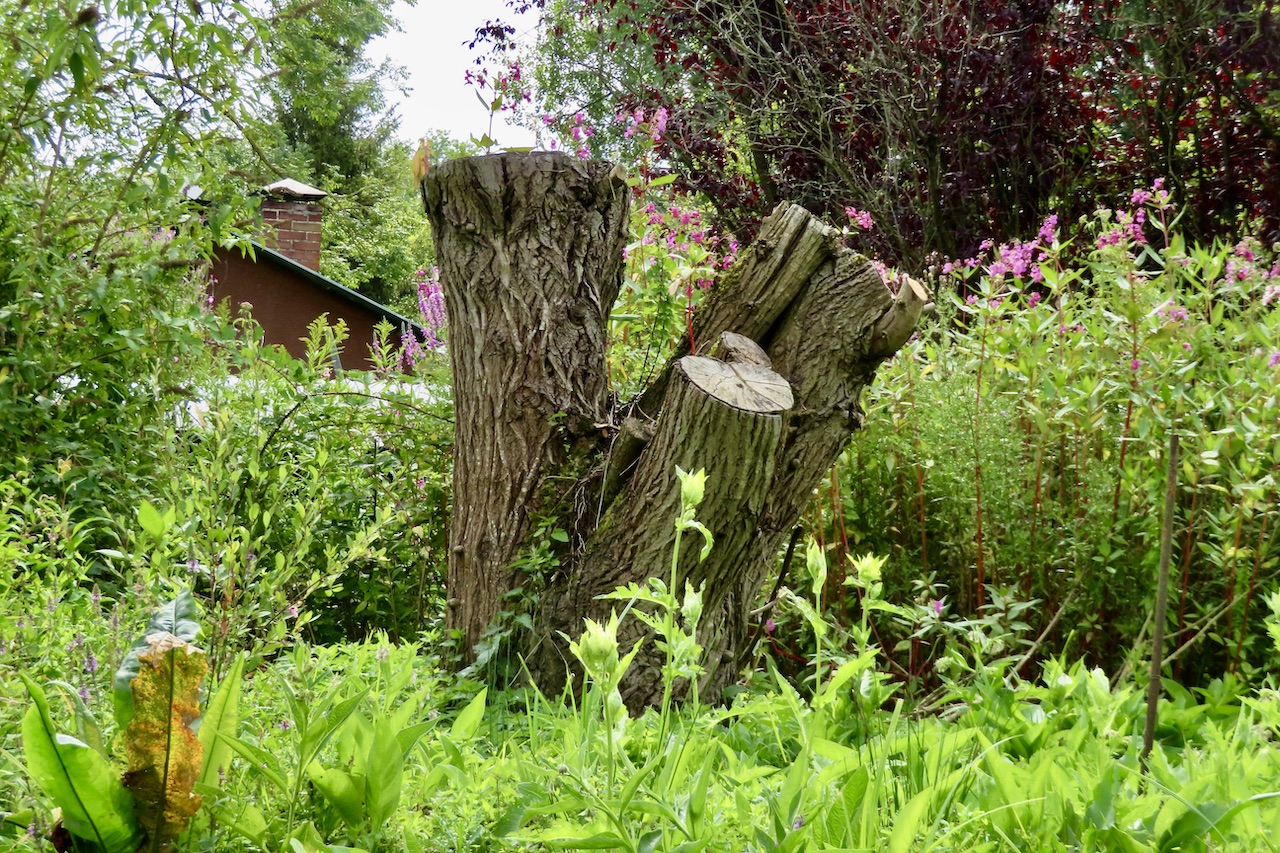
The locals work hard to keep the place beautiful

